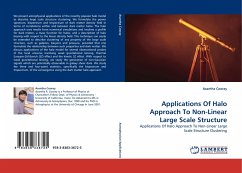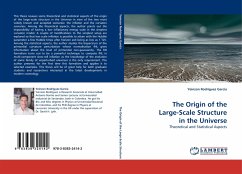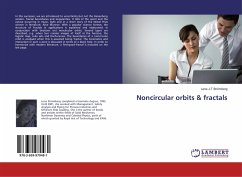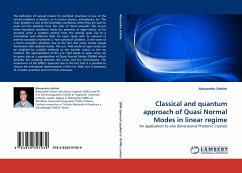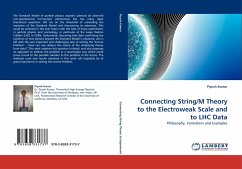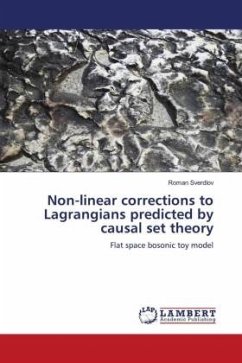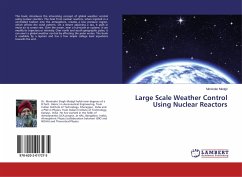We present astrophysical applications of the recently popular halo model to describe large scale structure clustering. We formulate the power spectrum, bispectrum and trispectrum of dark matter density field in terms of correlations within and between dark matter halos. The halo approach uses results from numerical simulations and involves a profile for dark matter, a mass function for halos, and a description of halo biasing with respect to the linear density field. This technique can easily be extended to describe clustering of any property of the large scale structure, such as galaxies, baryons and pressure, provided that one formulate the relationship between such properties and dark matter. We discuss applications of the halo model for several observational probes of the local universe involving weak gravitational lensing, thermal Sunyaev-Zel dovich (SZ) effect and the kinetic SZ effect. With respect to weak gravitational lensing, we study the generation of non-Gaussian signals which are potentially observable in galaxy shear data. We study the three and four-point statistics, specifically the bispectrum and trispectrum, of the convergence using the dark matter halo approach.

